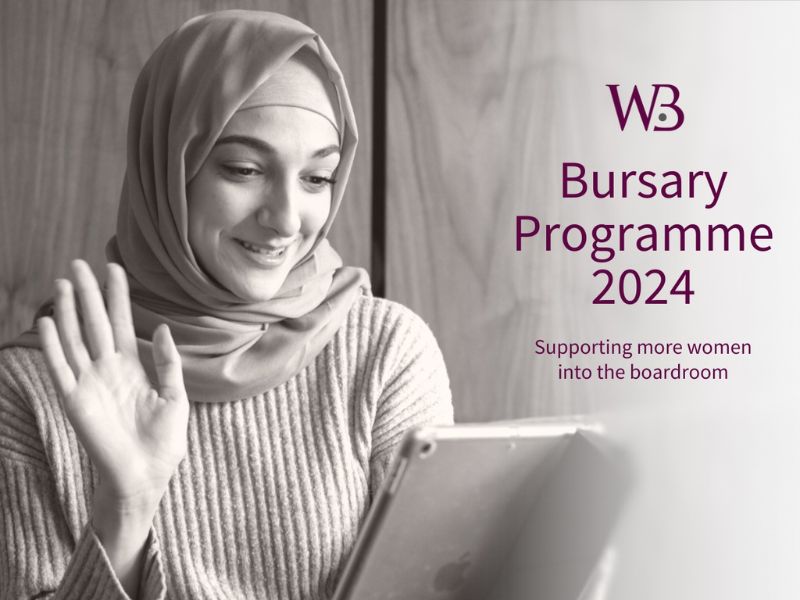When you think about organisations, what comes to mind?
A place where individuals can freely express their thoughts and ideas, feel secure in being themselves, and thrive; where colleagues and peers are adept at motivating and supporting each other in achieving their goals; where there is space for everyone to contribute their ideas and expertise; and a space where there is no room for discrimination or bias against anyone because of their background, gender, race, ethnicity, or sexual orientation.
Diverse teams are more productive, and innovative and have higher levels of engagement. They also tend to be more effective at solving problems and making decisions. Here we will look at how organisations can harness the power of diversity and inclusion in their business operations.
Diversity and equity
Diversity and equity are not the same things. Diversity is a measure of the number of people in an organisation who belong to different groups, while equity deals with how well they are treated by the organisation. Diversity helps achieve better performance because it encourages individuals to think differently and take risks, which makes them more innovative and creative. It also makes them more open-minded so that they can see things from another perspective or solve problems through innovation rather than through traditional methods. The benefits vary between industries but are applicable across organisations from all sectors.
Diversity leads to higher performance in every aspect of an organisation
For telecom leaders to evolve their digital endeavours to scale, they must be able to benefit from the output of high-performance teams. These high-performance teams have certain characteristics that make them stand out, two of them being diversity & inclusion. They should look for ‘Cognitive’ diversity, which is mixing people with different thinking styles, habits, and perspectives. Diversity and inclusion within teams contribute to scaling digital initiatives.
As a leader, you want your organisation to be as successful as possible. But how do you achieve this? One of the most effective ways is through diversity and inclusion. It’s an approach that can help organisations become more profitable and efficient, as well as improve customer service, innovation, and decision-making. Here are some reasons why:
- Diversity improves business strategies, from management decisions to financial results: from innovative ideas that come out of meetings with customers (or potential customers) that everyone can learn from; people with different backgrounds bring different perspectives which may help identify new ways forward when battling these problems together.
- Diversity leads to better business outcomes: In addition to being good for your employees, it’s also good for business. A diverse workforce is more innovative than a homogenous one because they bring different perspectives on challenges and opportunities. This leads them towards better solutions that can be commercialised faster than if only one type were involved, for example, women vs men.
Diversity helps organisations reach their financial targets
Diversity and inclusion drive financial targets because it leads to higher performance in every aspect of an organisation. The same applies when it comes down to reaching financial goals: diversity makes people think differently which means they’ll come up with new ideas related specifically towards reaching those numbers faster, so you don’t need extra resources or time spent developing new processes just yet.
Organisations reflecting a diverse and inclusive culture exceed their financial targets, as gender-diverse and inclusive teams outperformed gender-homogeneous, less inclusive teams. The advantages can be seen by organisations that extend their geographic reach when hiring talent.
How to create high-performing multidisciplinary teams
Multidisciplinary teams face challenges when they encounter issues that require a team approach, such as project planning and execution, problem-solving, and decision-making. In this process, each individual has expertise in one area but not necessarily in all areas. To achieve optimal performance from multidisciplinary teams, it is important to include diversity in the culture of the organisation. Here are some tips on how you can harness the power of diversity and equity in your organisation:
- To create a high-performing multidisciplinary team, you need to build trust and respect within the team, develop members’ skills and expertise, and ensure that everyone feels valued.
- To create a sense of inclusion, everyone needs to have a voice in the organisation. This can be achieved through training modules on diversity and inclusion, promoting the benefits of inclusion, and creating an open atmosphere for sharing and debating ideas and views.
- To foster involvement and engagement, you need to design your role so that it’s challenging but rewarding. This will help people feel involved in their work, which will lead to better performance.
- To develop training modules on diversity and inclusion, you can use training modules that explain why diversity is important or provide practical examples of how diversity can benefit an organisation (for example: by increasing innovation). You may also want to include case studies from organisations that have successfully implemented diversity policies within their teams.
Diversity and inclusion are not just about attracting a certain type of person or group; it’s about fostering a workplace culture where everyone can contribute, feel valued, and thrive. To create an inclusive environment, you need to be intentional about how you promote diversity and inclusion. This can be difficult because it involves working with your employees on some sensitive issues — such as race, ethnicity, gender identity, or sexual orientation. However, your organisation needs to embrace these values in order to build a more diverse workforce that is more representative of society at large. As a team, we can all do our bit to ensure that diversity and inclusion become part of the fabric of our work and lives. We encourage all organisations to make these changes as soon as possible for them to reap the benefits of an inclusive workplace.
About the author
 Savitha NK heads Global Human Resources for Tecnotree, and is responsible for all HR activities, including HR Business Partnerships, Global Talent Management and Acquisition, and Tecnotree Academy operations. With 20+ years of extensive experience in people functions working across various domains, she has been responsible for leading M&A activities and managing global development centres in India and the APAC region. Savitha has a Bachelor’s degree in Economics and Criminology, and a Master’s degree in Human Resources.
Savitha NK heads Global Human Resources for Tecnotree, and is responsible for all HR activities, including HR Business Partnerships, Global Talent Management and Acquisition, and Tecnotree Academy operations. With 20+ years of extensive experience in people functions working across various domains, she has been responsible for leading M&A activities and managing global development centres in India and the APAC region. Savitha has a Bachelor’s degree in Economics and Criminology, and a Master’s degree in Human Resources.









